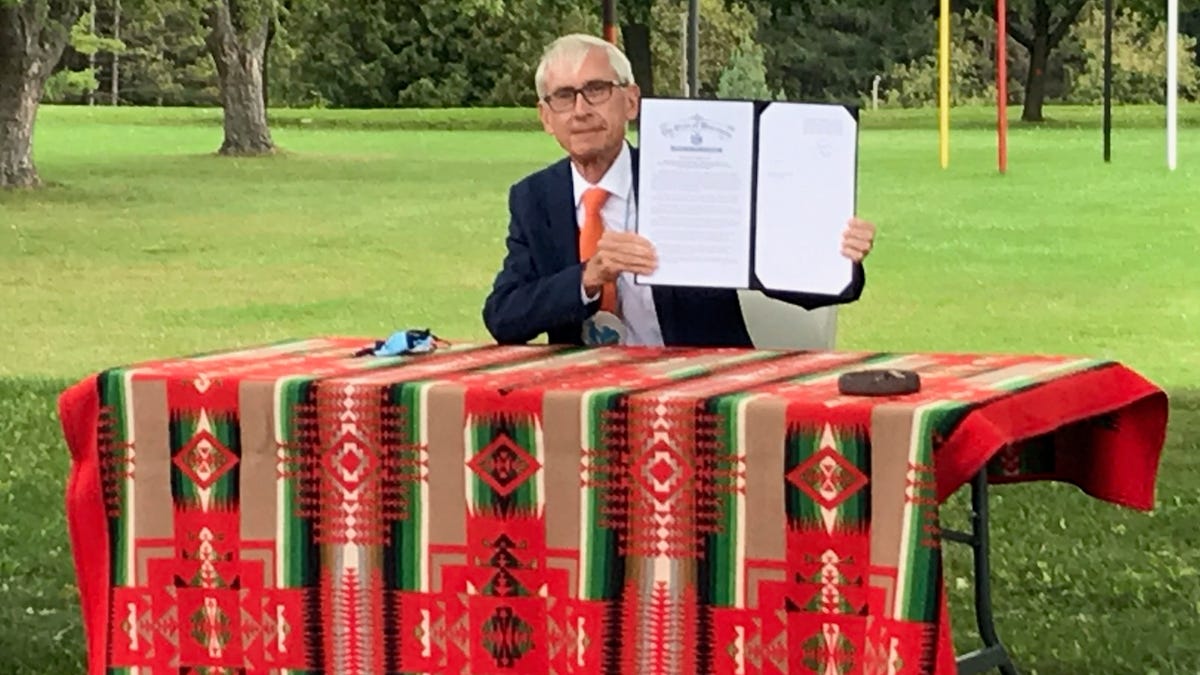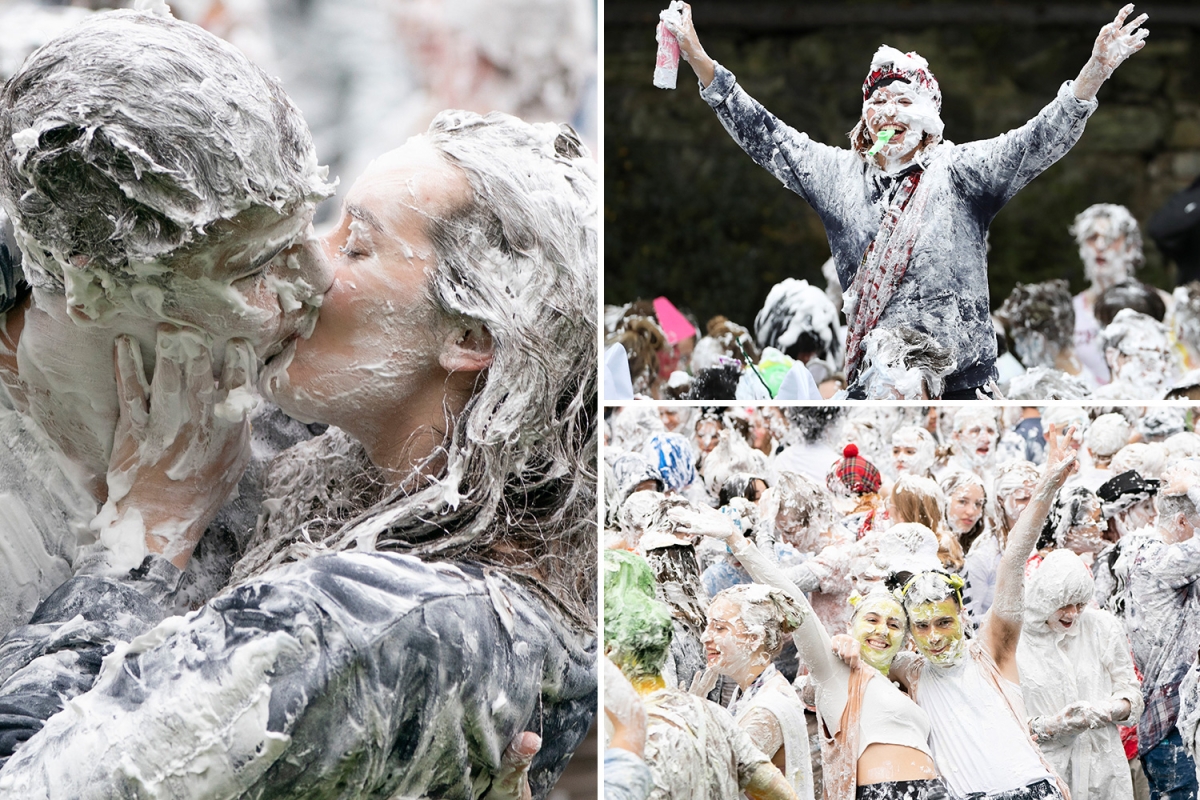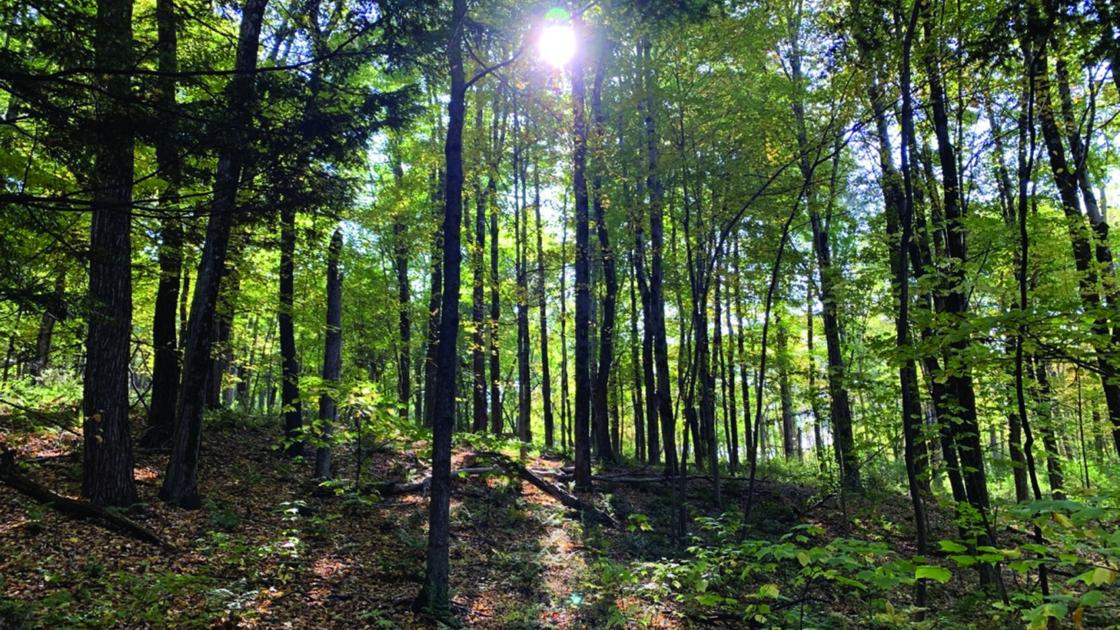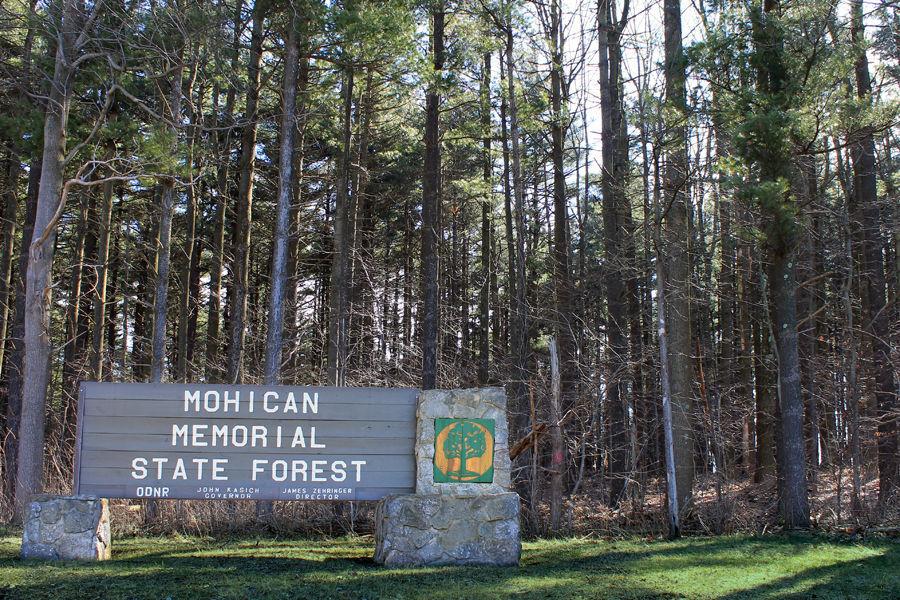Día de los Muertos is an Indigenous Mexican celebration to remember loved ones who have passed on.
I have fond memories of decorating sugar skulls for my mom and writing the names of deceased relatives on them.
She would place them on the ofrenda that would typically also include a statuette of Our Lady of Guadalupe, the patron saint of Mexico, which merges an Indigenous goddess with the Virgin Mary.
The holiday runs from Nov. 1 to 2 and my family only recently started celebrating it again as we rediscover and revive our heritage.
This rediscovery and revival is one reason why I love this beat. I feel like I am helping to do that for Indigenous people in a broader sense, or at least bringing that light.
Another holiday that exemplifies this revival is Indigenous Peoples Day, which was on Oct. 11 this year.
And when Gov. Tony Evers while in Oneida that day issued an executive order that officially apologized for the state’s role in the injustices at the Indian boarding schools my eyes watered up a bit.
There were hundreds of Native American boarding schools in the U.S., part of federal policy in the late 19th and early 20th centuries to assimilate Indigenous youth into white society.
The apology might be the first step in addressing the wrongs that are still reverberating today.
Another story about revival I worked on in October is about the work being done toward the literal revival of the Mohican language in Wisconsin.
I also wrote about an Indigenous New York Times bestselling author’s visit to UW-Green Bay. Angeline Boulley’s “Firekeeper’s Daughter” will soon be adapted to a Netflix TV show.
And I wrote about a new tribal elder food box program, which incorporates Indigenous foods and addresses the hidden hunger…











